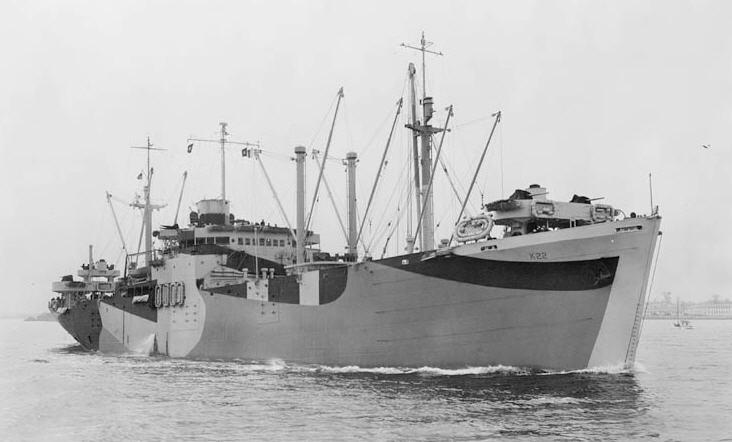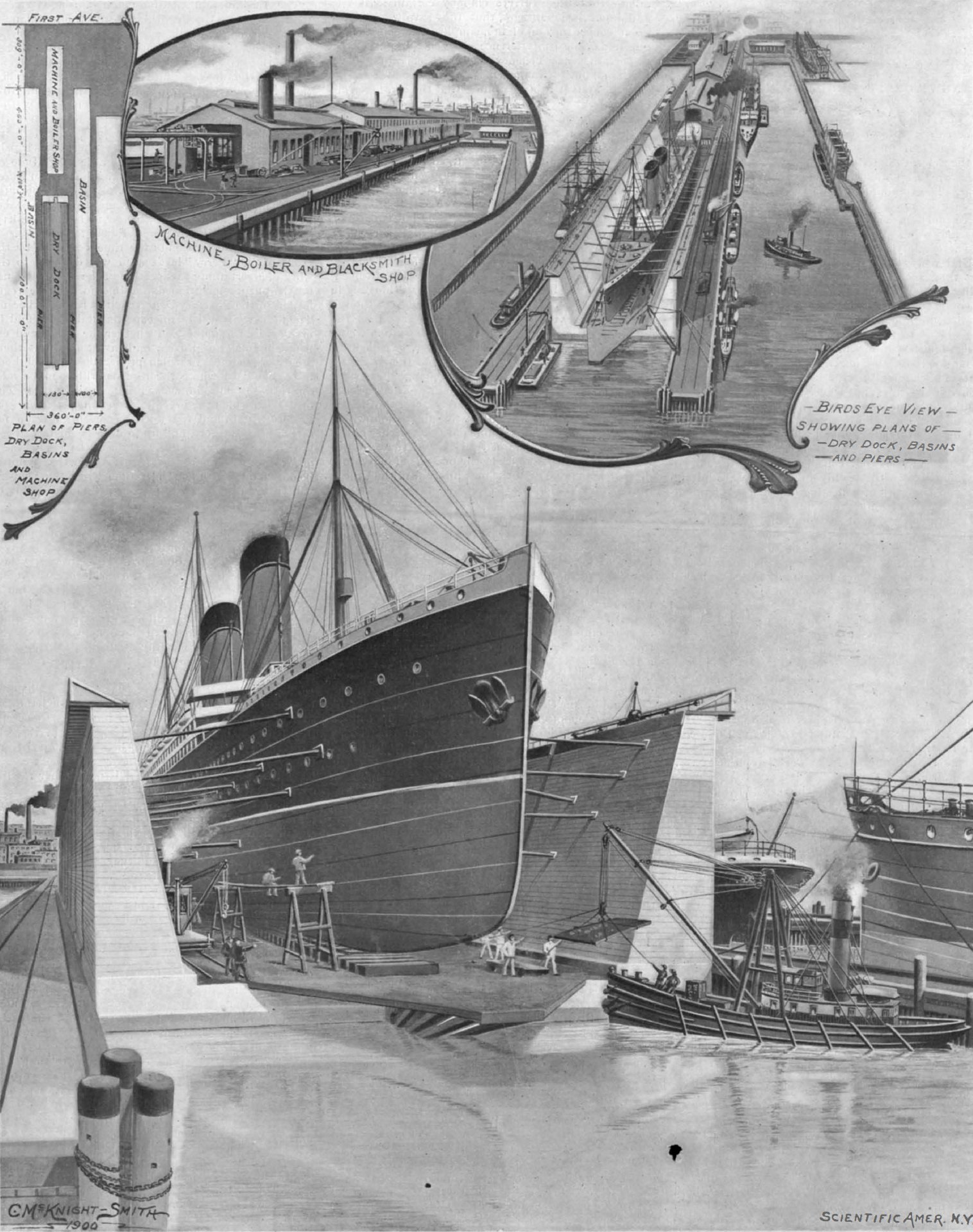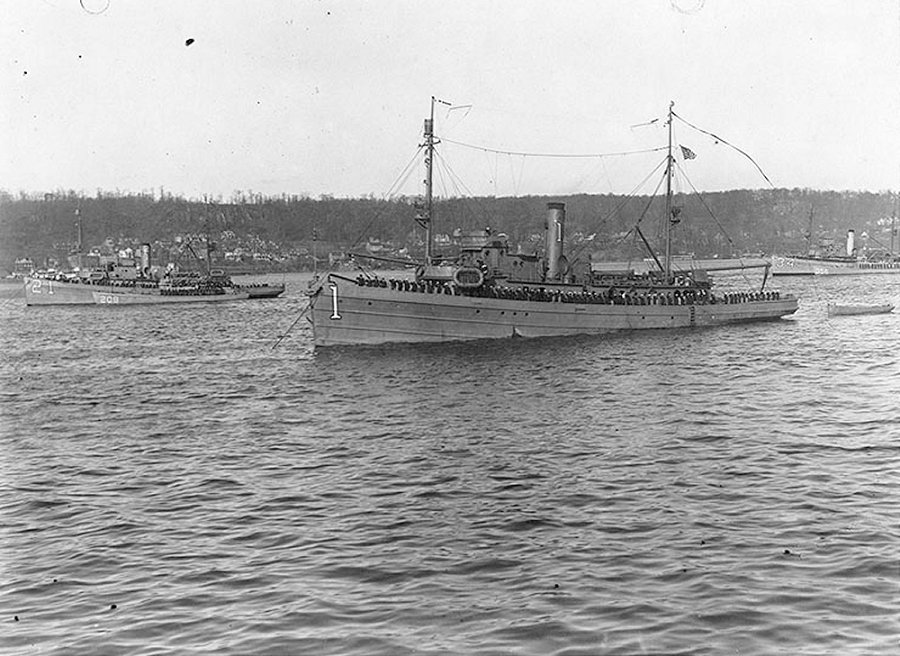|
Staten Island Shipbuilding Company
USS ''Bache'', Bethlehem Staten Island first Fletcher-class destroyer built in 1942 Bethlehem Staten Island also called Bethlehem Mariners Harbor was a large shipyard in Mariners Harbor, Staten Island, New York. The shipyard started building ships for World War II in January 1941 under the Emergency Shipbuilding Program and as the result of the Two-Ocean Navy Act of July 1940. The shipyard was part of the Bethlehem Shipbuilding Corporation which built ships for the United States Navy, and the United States Maritime Commission. Bethlehem Steel purchased the shipyard in June 1938 from United Shipyards. Bethlehem Shipbuilding Corporation closed the shipyard in 1959. The propeller factory and foundry continued operation for 10 more years at the site. Since 1980 the site is the May Ship Repair Contracting Corporation next to Shooters Island at the southern end of Newark Bay, off the North Shore. Staten Island Shipbuilding The site started in 1903, when William Burlee built ... [...More Info...] [...Related Items...] OR: [Wikipedia] [Google] [Baidu] |
USS Bache (DD-470) Underway At Sea, In The 1960s
Three ships associated with the United States Navy have been named ''Bache''. * , a United States Coast and Geodetic Survey survey ship named for Alexander Dallas Bache Alexander Dallas Bache (July 19, 1806 – February 17, 1867) was an American physicist, scientist, and surveyor who erected coastal fortifications and conducted a detailed survey to map the mideastern United States coastline. Originally an army ..., former Superintendent of the Coast Survey, which was assigned to temporary duty with the U.S. Navy between January and June 1898. * , a United States Coast and Geodetic Survey survey ship named for Alexander Dallas Bache, former Superintendent of the Coast Survey, which served as a patrol vessel in the U.S. Navy from 24 September 1917 to 1 April 1919 and then was returned to the U.S. Coast and Geodetic Survey. * , named for Commander George M. Bache, a destroyer in commission from 1942 to 1968. {{DEFAULTSORT:Bache United States Navy ship names ... [...More Info...] [...Related Items...] OR: [Wikipedia] [Google] [Baidu] |
Shooters Island
Shooters Island is a uninhabited island at the southern end of Newark Bay, off the North Shore of Staten Island in New York City. The boundary between the states of New York and New Jersey runs through the island, with a small portion on the north end of the island belonging to the cities of Bayonne and Elizabeth in New Jersey and the rest being part of the borough of Staten Island in New York City. Early history In colonial times Shooters Island was used as a hunting preserve. During the Revolutionary War, George Washington used the island as a drop-off point for messages, and the place became a haven for spies. Shipyard The first shipyard on Shooters Island was created in 1860 by David Decker. From 1898 until 1910, the island was home to a major shipyard, the Townsend-Downey Shipbuilding Company. Theodore E. Ferris, who later designed the eponymous ships used by the American government in World War I, was an employee of the firm. Around this time it was also home t ... [...More Info...] [...Related Items...] OR: [Wikipedia] [Google] [Baidu] |
Type B Ship
The Type B ship is a United States Maritime Administration (MARAD) designation for World War II barges. Barges are very low cost to build, operate and move. Barges were needed to move large bulky cargo. A tug boat, some classed as Type V ships, could move a barge, then depart and move on to the next task. That meant the barge did not have to be rushed to be unloaded or loaded. Toward the end of World War 2, some ships that had not been completed in time for the war were converted to barges. US Navy barges are given the prefix: YWN or YW. Due to shortage of steel during World War II, concrete ship constructors were given contracts to build concrete barges, with ferrocement and given the prefix YO, YOG, YOGN. Built in 1944 and 1945, some were named after elements. World War II barge types Steel Barge *Built by Alabama Drydock and Shipbuilding Company in Mobile, AL, Type Coal, Design # 1039 * USSB # 301 Name ''Darien Barge'' sold to Debardeleben Marine III, Texas in 1969 *USSB # ... [...More Info...] [...Related Items...] OR: [Wikipedia] [Google] [Baidu] |
List Of Destroyer Classes Of The United States Navy
The first automotive torpedo was developed in 1866, and the torpedo boat was developed soon after. In 1898, while the Spanish–American War was being fought in the Caribbean and the Pacific, Assistant Secretary of the Navy Theodore Roosevelt wrote that the Spanish torpedo boat destroyers were the only threat to the American navy, and pushed for the acquisition of similar vessels. On 4 May 1898, the US Congress authorized the first sixteen torpedo boat destroyers and twelve ''seagoing torpedo boats'' for the United States Navy. In World War I, the U.S. Navy began mass-producing destroyers, laying 273 keels of the and destroyers. The peacetime years between 1919 and 1941 resulted in many of these flush deck destroyers being laid up. Additionally, treaties regulated destroyer construction. The 1500-ton destroyers built in the 1930s under the treaties had stability problems that limited expansion of their armament in World War II. During World War II, the United States began b ... [...More Info...] [...Related Items...] OR: [Wikipedia] [Google] [Baidu] |
Type C1 Ship
Type C1 was a designation for small cargo ships built for the United States Maritime Commission before and during World War II. Total production was 493 ships built from 1940 to 1945. The first C1 types were the smallest of the three original Maritime Commission designs, meant for shorter routes where high speed and capacity were less important. Only a handful were delivered prior to Pearl Harbor. But many C1-A and C1-B ships were already in the works and were delivered during 1942. Many were converted to military purposes including troop transports during the war. The Type C1-M ship was a separate design, for a significantly smaller and shallower draft vessel. This design evolved as an answer for the projected needs for military transport and supply of the Pacific Ocean theater of World War II. Type C1 ships under the control of the British Ministry of War Transport took an Empire name even if built with another name e.g. ''Cape Turner''. Origins The United States Maritim ... [...More Info...] [...Related Items...] OR: [Wikipedia] [Google] [Baidu] |
Naval Act Of 1938
The Naval Act of 1938, known as the Second Vinson Act, was United States legislation enacted on May 17, 1938, that "mandated a 20% increase in strength of the United States Navy".J. David Rogers, "Development of the World's Fastest Battleships", The Second Vinson Act (1938) accessed August 8, 2012 It represented the United States' response to the Japanese invasion of China, the German annexation of Austria and the disintegration of the naval treaty system established in 1922 when both Japan and Italy refused to sign the |
The New York Times
''The New York Times'' (''the Times'', ''NYT'', or the Gray Lady) is a daily newspaper based in New York City with a worldwide readership reported in 2020 to comprise a declining 840,000 paid print subscribers, and a growing 6 million paid digital subscribers. It also is a producer of popular podcasts such as '' The Daily''. Founded in 1851 by Henry Jarvis Raymond and George Jones, it was initially published by Raymond, Jones & Company. The ''Times'' has won 132 Pulitzer Prizes, the most of any newspaper, and has long been regarded as a national " newspaper of record". For print it is ranked 18th in the world by circulation and 3rd in the U.S. The paper is owned by the New York Times Company, which is publicly traded. It has been governed by the Sulzberger family since 1896, through a dual-class share structure after its shares became publicly traded. A. G. Sulzberger, the paper's publisher and the company's chairman, is the fifth generation of the family to head the ... [...More Info...] [...Related Items...] OR: [Wikipedia] [Google] [Baidu] |
Edward P
Edward is an English given name. It is derived from the Anglo-Saxon name ''Ēadweard'', composed of the elements '' ēad'' "wealth, fortune; prosperous" and '' weard'' "guardian, protector”. History The name Edward was very popular in Anglo-Saxon England, but the rule of the Norman and Plantagenet dynasties had effectively ended its use amongst the upper classes. The popularity of the name was revived when Henry III named his firstborn son, the future Edward I, as part of his efforts to promote a cult around Edward the Confessor, for whom Henry had a deep admiration. Variant forms The name has been adopted in the Iberian peninsula since the 15th century, due to Edward, King of Portugal, whose mother was English. The Spanish/Portuguese forms of the name are Eduardo and Duarte. Other variant forms include French Édouard, Italian Edoardo and Odoardo, German, Dutch, Czech and Romanian Eduard and Scandinavian Edvard. Short forms include Ed, Eddy, Eddie, Ted, Teddy and Ned. ... [...More Info...] [...Related Items...] OR: [Wikipedia] [Google] [Baidu] |
Morse Dry Dock And Repair Company
The Morse Dry Dock and Repair Company was a major late 19th/early 20th century ship repair and conversion facility located in New York City. Begun in the 1880s as a small shipsmithing business known as the Morse Iron Works, the company grew to be one of America's largest ship repair and refit facilities, at one time owning the world's largest floating dry dock. In addition to servicing some of the finest steamships of the era, the company maintained many of the yachts of New York's elite business community, and also occasionally built small watercraft such as tugboats. During World War I, the company was heavily engaged in work for the U.S. government and military. In 1929, the company merged with five other major New York ship repair facilities to become United Dry Docks, Inc.—the largest company of its type in the world—with the former head of Morse Dry Dock, Edward P. Morse, as chairman of the board. United Dry Docks later changed its name to United Shipyards, ... [...More Info...] [...Related Items...] OR: [Wikipedia] [Google] [Baidu] |
Submarine Chaser
A submarine chaser or subchaser is a small naval vessel that is specifically intended for anti-submarine warfare. Many of the American submarine chasers used in World War I found their way to Allied nations by way of Lend-Lease in World War II. Submarine chaser variants U.S. Navy submarine chasers were designed specifically to destroy German submarines in World War I, and Japanese and German submarines in World War II. The small SC-1-class submarine chasers of the design used in World War I carried the hull designator SC (for Submarine Chaser). Their main weapon was the depth charge. They also carried machine guns and anti-aircraft guns. The similar-sized SC-497-class was built for World War II. Also in World War II, larger PC-461-class submarine chasers used the PC hull classification symbol (for Patrol, Coastal).Gardiner and Chesneau, pp. 71, 152-154 Class relationships: * 438 (98t, wooden hull) * 343 (450t, steel hull) * 68 (850t, steel hull) ** used in simi ... [...More Info...] [...Related Items...] OR: [Wikipedia] [Google] [Baidu] |
Lapwing-class Minesweeper
The ''Lapwing''-class minesweeper, often called the Bird class, was an early "AM-type" oceangoing minesweeper of the United States Navy. Seven ships of the class were commissioned during World War I, and served well into the 1950s. A number were refitted to serve as ocean-going tugs, salvage vessels, seaplane tenders, or submarine rescue ships. The propulsion system consisted of 2 Babcock & Wilcox 200psi boilers and a 1,400shp Harlan and Hollingsworth Harlan & Hollingsworth was a Wilmington, Delaware, firm that constructed ships and railroad cars during the 19th century and into the 20th century. Founding Mahlon Betts, a carpenter, arrived in Wilmington in 1812. After helping construct many ... triple expansion reciprocating steam engine. Ships The table makes no distinction between classification as "Minesweeper No. X" and "AM-X". This change affected all boats equally ca. 1920. All boats reclassified as Fleet Tugs (AT) where later again reclassified as Fleet Tug, O ... [...More Info...] [...Related Items...] OR: [Wikipedia] [Google] [Baidu] |
World War I
World War I (28 July 1914 11 November 1918), often abbreviated as WWI, was List of wars and anthropogenic disasters by death toll, one of the deadliest global conflicts in history. Belligerents included much of Europe, the Russian Empire, the United States, and the Ottoman Empire, with fighting occurring throughout Europe, the Middle East, Africa, the Pacific Ocean, Pacific, and parts of Asia. An estimated 9 million soldiers were killed in combat, plus another 23 million wounded, while 5 million civilians died as a result of military action, hunger, and disease. Millions more died in Genocides in history (World War I through World War II), genocides within the Ottoman Empire and in the Spanish flu, 1918 influenza pandemic, which was exacerbated by the movement of combatants during the war. Prior to 1914, the European great powers were divided between the Triple Entente (comprising French Third Republic, France, Russia, and British Empire, Britain) and the Triple A ... [...More Info...] [...Related Items...] OR: [Wikipedia] [Google] [Baidu] |


_2008.jpg)

.png)

